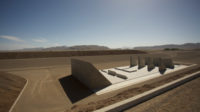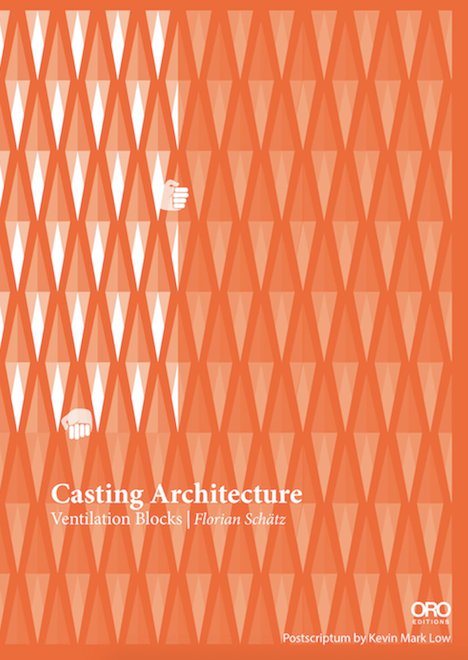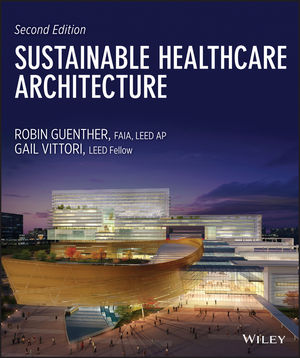Still, this is a time of crossover and appropriation. Every summer, we're treated to temporary structures such as the Serpentine Pavilion in London—the 2014 edition is designed by architect Smiljan Radić as a kind of immense luminous toadstool—or the annual installation at MoMA PS1 in Queens, New York, this summer, a project called Hy-Fi: a series of towers built of biodegradable bricks by The Living (architect David Benjamin). Both might fulfill Serra's definition of art through their lack of toilets alone. Similarly, a number of emerging architects—such as Oyler Wu Collaborative in Los Angeles or Situ Studio in Brooklyn—have experimented with structure, materials, and digital fabrication by creating beautiful installations that meet the criterion of having no utility whatsoever.
At the same time, artists are riffing on the built environment, as evident in two of last year's blockbuster exhibitions: the Rain Room, by rAndom International, at the Museum of Modern Art, and James Turrell's dematerialization of the Guggenheim Museum in his light piece Aten Reign—a work that could be considered belated revenge on behalf of artists such as Willem de Kooning and Robert Motherwell who protested the design of Frank Lloyd Wright's museum more than half a century ago as inhospitable to their art.
In this issue, we explore that often uneasy relationship between art and architecture, starting with the 1960s and '70s, when Gordon Matta-Clark, in a process he called “anarchitecture,” sawed or carved gaping chunks out of buildings. We also look at a number of new architectural projects in the service of art—museums like the expanded and renovated Clark Art Institute in Williamstown, Massachusetts, by Tadao Ando and Annabelle Selldorf, respectively or the darkly intense Soulages Museum by RCR Arquitectes in Rodez, France. The stark white cube that has dominated gallery design for decades has been mostly vanquished and replaced by spaces that create softer —or edgier—environments for art, such as Antonio Jiménez Torrecillas's retrofitted school for a gallery in upstate New York. Even such dramatic—and potentially overpowering—space as the arresting concrete museum by Atelier Deshaus in Shanghai was designed to work in sympathy with a specific collection.
Architects tackle art ideas too. Who can forget that the perennially busy firm of Diller + Scofidio (now Diller Scofidio+Renfro) began their practice creating conceptual art—and got their feet wet architecturally (and literally) with the 2002 “blur pavilion” in Switzerland, a building made entirely of mist? We also look at recent "architectural" artwork made not only by artists but by those trained as architects as well.
Lastly, in the continuing education feature, we examine strategies that structurally support large-scale public art, as engineers who usually work with architects bring their skills and ingenuity to unique and challenging constructions by artists.
Is architecture art? Or, under what conditions does architecture become art? We leave those questions to you to ponder. And think about this too: as much as critics like to term the work of Gehry or Zaha Hadid “sculptural,” the issue here is not only what the visual object looks like. As Serra himself puts it, space has become his subject: “The steel is a vessel just to trap the space.” Central to his art is “the person walking through” his sculpture—the movement of people in space and time. Great architecture shares that fundamental element, when space, time, and the movement of people come together to create a rich human experience.








